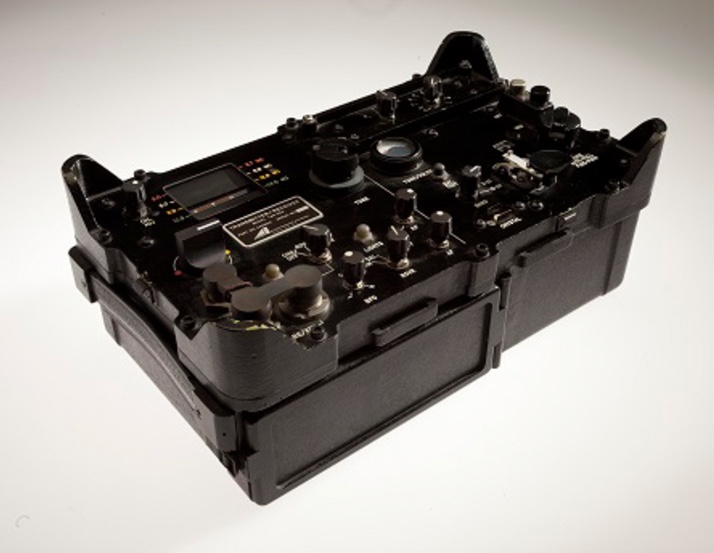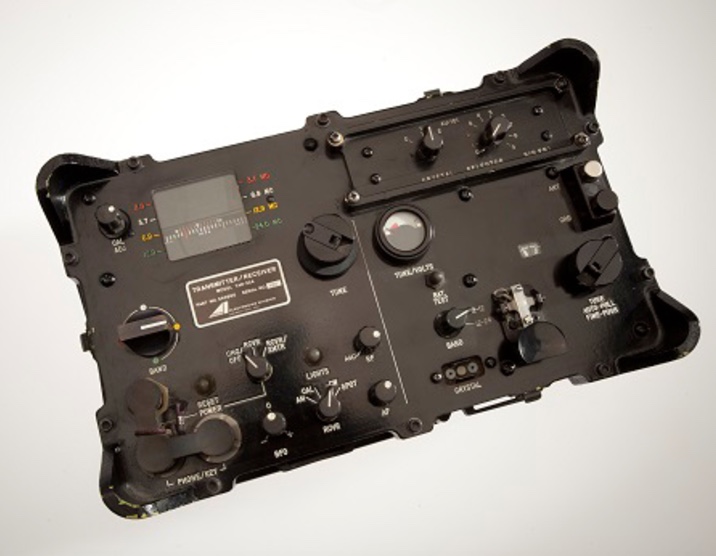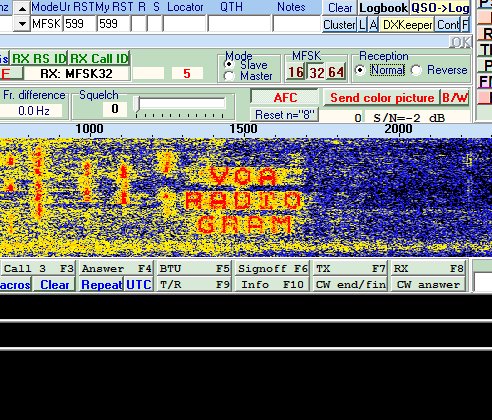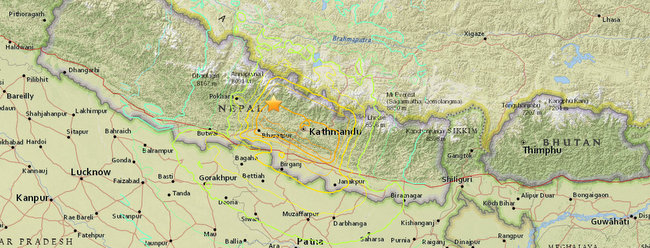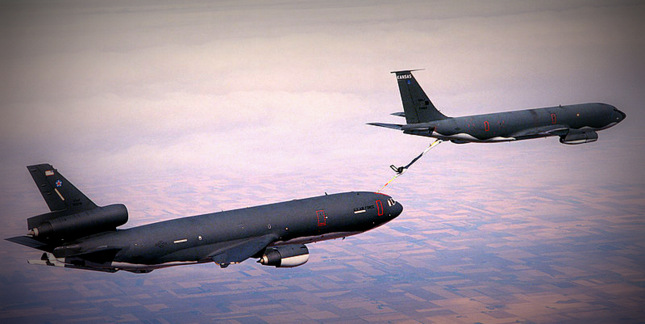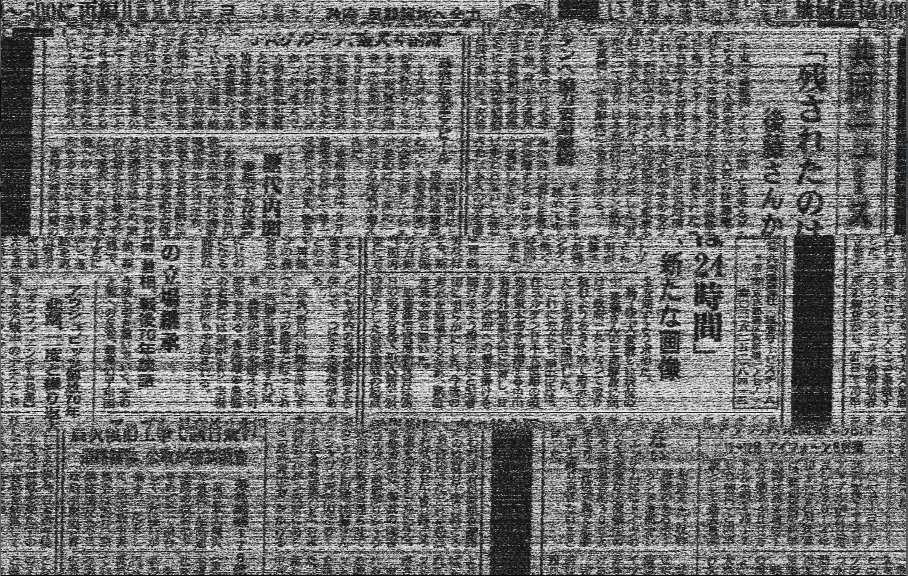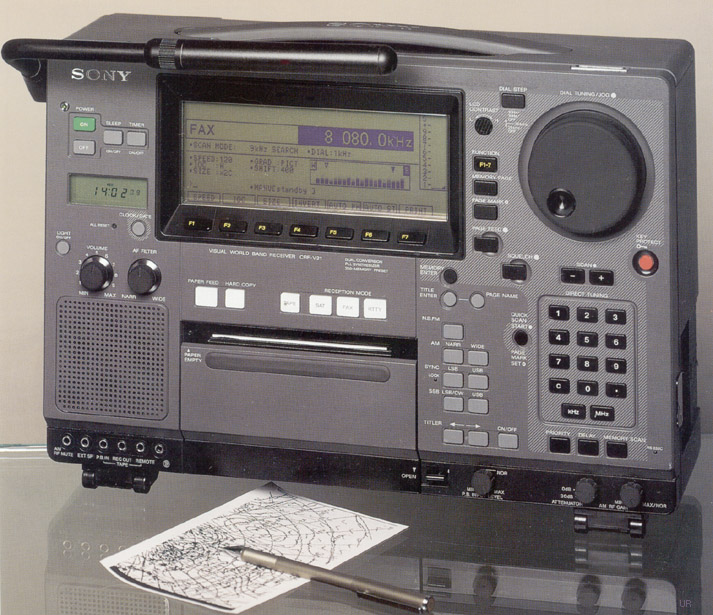Many thanks to SWLing Post contributor, @K7al_L3afta, who suggested I post photos of the TAR-224 Radio. Obviously, he knows I’m a fan of this sort of rig!
He discovered the TAR-224 on the excellent CIA online museum where they give a brief description of the unit:
A compact, high-frequency, paramilitary transceiver, the TAR-224 enabled communications with field agents operating behind enemy lines. It saw service in Vietnam as well as during Operation EAGLE CLAW.
31 cm x 18.3 cm x 12 cm
(L x W x H)
A much better description of the TAR-224 can be found at the CryptoMuseum:
TAR-224 was a very compact, self-contained spy radio station, developed by AVCO Corporation in Cincinnati (Ohio, USA) around 1970 for the CIA. It was intended for communication with field agents operating behind enemy lines, and can be seen as a successor to the ageing GRC-109 (RS-1) of the 1950s. It was used for many years until it was phased out in the late 1980s.
The entire unit is completely waterproof, with all switches and controls at the front panel properly sealed, allowing the radio to be stored under harsh conditions for an extended period of time. A plastic lid can be placed over the controls to protect them against dust and dirt. It is held in place by three metal latches at the edges.
[…]The radio coverages all frequencies between 2 and 24MHz. The receiver has a Variable Frequency Oscillator (VFO), allowing continuous tuning of all 4 frequency bands, whereas the transmitter is crystal operated. The unit can be powered by an external 12V source that is connected to a 3-pin socket at the front left, or by a special 12V battery pack that is installed behind a watertight panel at the front left. A plastic grip, at the left of the radio, allows the unit to be carried around easily.
[…]Most TAR-224 units were used by the CIA on special (overseas) missions, but the radios were also used by intelligence services in Europe. It is known to be used on a mission in Angola in 1975. According to CIA communication specialist Teddy Roberts, the TAR-224 was still being used in operational context in 1983, when he trained a unit of US Army Green Barets on its use.
Evidently, the TAR-224 is quite rare and I was not aware of it. Thanks for sharing, @K7al_L3afta!

